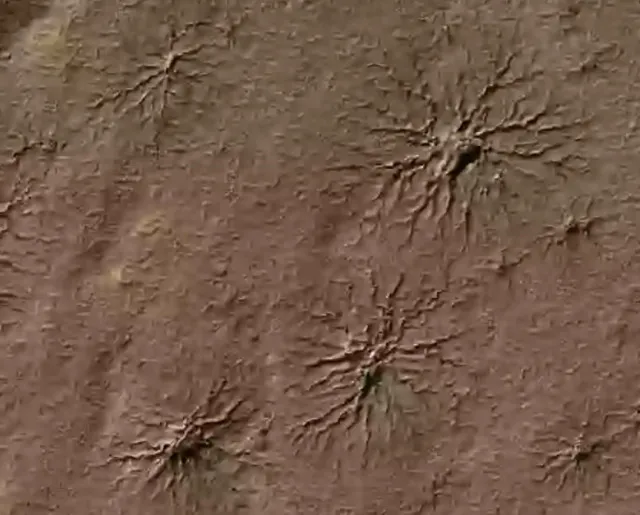A Baffling Discovery of a Strange Rock on Mars
Scientists feel puzzled after NASA’s Perseverance rover found a strange rock on Mars. Images show hundreds of tiny, marble-like spheres. Each one measures just a few millimeters across. They cluster tightly into a bizarre, alien-looking mass. The marbles stand out clearly in the red Martian dust. Nothing like them has ever appeared on Earth.
Perseverance discovered the rock on the rim of Jezero Crater, which spans about 28 miles wide. Scientists believe water once filled this area. The discovery follows another odd find on Mars — spider-like cracks in the soil, known as araneiforms.

The Strange Structure of the Spherules
According to Alex Jones, a PhD student at Imperial College London, the team was “astonished by a rock made up of hundreds of millimeter-sized spheres.” These spherules range in size from 0.01 mm to 4 mm and display a variety of shapes — from perfectly round to oval, angular, and even with small holes.
Understanding how these spherules formed is crucial, as each potential formation process could reveal something different about the geological history of the Jezero Crater — and Mars as a whole. Yet, scientists remain unsure why such a small space contains so much variation.
Clues from Mars’ Ancient Past

Some researchers believe this discovery may hold clues to Mars’ 4.6-billion-year history. The Red Planet was once home to massive volcanoes that unleashed powerful eruptions. On Earth, spherules often form from rapidly cooled molten rock or from rock vaporized by meteorite impacts.
Dr. Matthew Chojnacki suggested the spheres might have come from frothy lava that cooled quickly, although he says more data on the rocks’ chemistry and mineral composition is needed. Meanwhile, Dr. Joel Davis believes underground water flow billions of years ago could have formed the spherules — possibly at a time when the surface was too cold for liquid water.
“Findings like this help geologists build a picture of how and when Mars changed — from a warm, wet world 3 to 4 billion years ago, to the cold, dry planet we see today,” Dr. Davis explained.